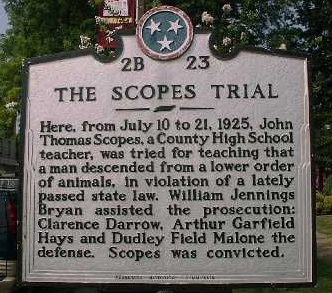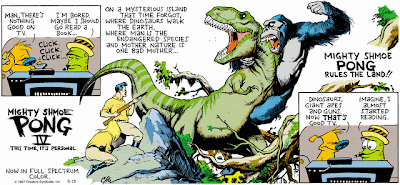Fossil Evidence on Origin of the Mammalian Brain. 2011. T. Rowe, et al. Science 332: 955-957.
 Hadrocodium wui by Mark A. Klingler (CMNH).
Hadrocodium wui by Mark A. Klingler (CMNH).Mammals first evolved their characteristic large brains to enable a stronger sense of smell, according to a new study.
By reconstructing fossils of two Early Jurassic Period mammals--
Morganuocodon and
Hadrocodium--the authors provide new evidence that the mammalian brain evolved in three major stages: first by improvements in sense of smell or olfaction; next by an increase in touch or tactile sensitivity from body hair; and third by improved neuromuscular coordination or the ability to produce skilled muscle movement using the senses.

CT scans indicate that the nasal cavity and related smell regions were enlarged in the pre-mammal fossils, along with areas of the brain that process olfactory information. Both characteristics indicate an improved sense of smell in pre-mammals.
The study also looked at the influence of body hair development on brain size. For example, the paper clip-sized
Hadrocodium sported fur, and evidence from fossilized pelts or skin of closely related animals hints that
Morganuocodon likely had hair too. The authors speculate that hairy early mammals were quick to develop a keen sense of touch or tactile sensitivity, along with enhanced motor coordination.

Rather than being used for warmth, body hairs initially served as tiny air traffic controllers, allowing pre-mammals to navigate small crevices and avoid harm. This heightened tactile sensitivity eventually lead to the formation of intricate sensory fields in the neocortex of mammalian brain, the authors propose.
In both fossils, the size of the cerebellum (the region of the brain responsible for sensory-motor integration) grew so large it began to ripple over into folds; this increase in size supports the idea that early mammals developed advanced neuromuscular coordination.
link The Leader © Marvel Comics
The Leader © Marvel Comics

















































